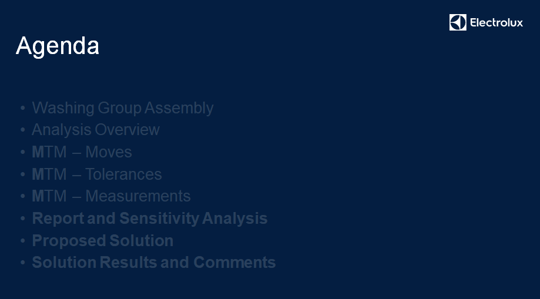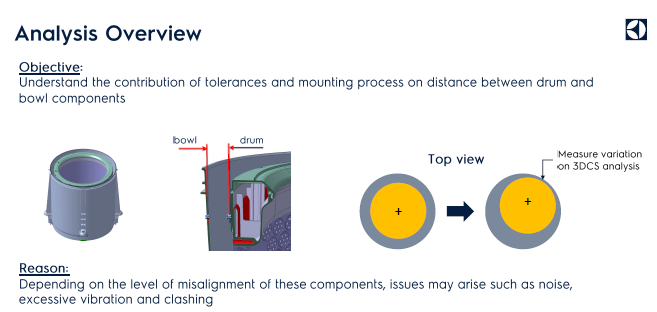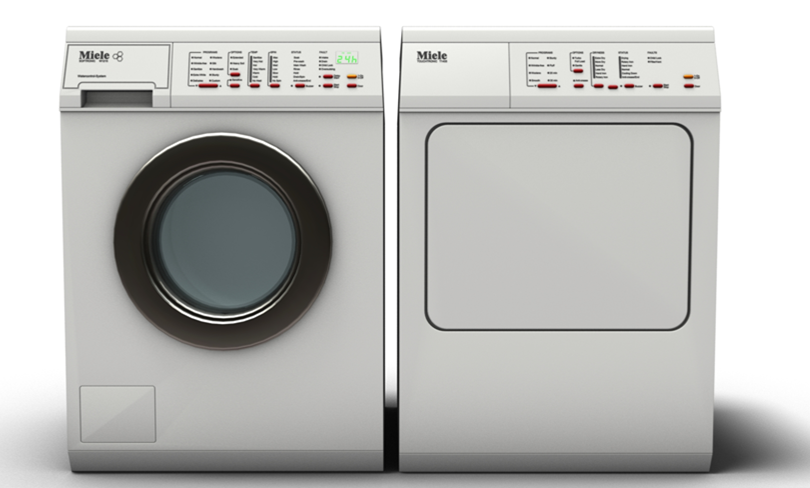Menu
- Solutions
- Videos
- Industries
- Software
- Support
- Careers
- Company
- Contact
Consumer Goods need to both function and look good. Variation can affect both of these characteristics, and not always at the same time. Gaps and flushes can be uneven or large, making the products look poorer quality than their function dictates, or internal components may be out of alignment from a tolerance stack-up, causing heat issues and functional problems without affecting the outward appearance.
To manage these complications from variation, engineers use tolerance analysis software to simulate the assembly process and part tolerances, allowing them to see how the parts will fit together and how they will look before production begins. This allows manufacturers to design out these issues without having to make expensive tooling and production design changes down the line.
Guilherme Amitrano will be presenting his work on a drum gap analysis from Electrolux Brazil. This presentation demonstrates the modeling process of a dimensional model and shows how the results can help illustrate how the geometry of a product can magnify small amounts of variation to cause problems.

Guilherme Amitrano has been working at Electrolux since 2015, starting in Food Preparation analyzing stoves, overs, and cooking devices before moving to Fabric Care in 2018 where he has been instrumental in the analysis and optimization of products. As part of the team at Electrolux, Amitrano has always been working on research and development using 3D modeling, prototype validation, drawings, DFMEA, creating the bill of materials, and performing assembly analysis.
With any analysis tool or process change, there is always going to be skepticism. Changing from what has been traditionally viewed as 'what works' to something new and unproven in the environment is difficult.
At Electrolux Brazil, Guilherme Amitrano proved out his process, analysis, and dimensional expertise over time, showing his colleagues how valuable the outputs can be for making important design and manufacturing decisions.

Demo Model Only - Customer Model Not Shown
Issue: The customer was concerned that the current design, when built, may have offset components such as doors, buttons or control nobs at extreme tolerance situations (ie. One side at maximum condition, and one side at the minimum condition).
Solution: High-End Visualization was added to various scenarios using design tolerances to show possible extremes.
Results: Customer modified some tolerances in order to reduce the chance of certain scenarios while leaving others the same due to lack of change to product appearance.
